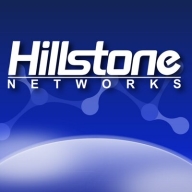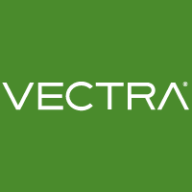

Find out what your peers are saying about Fortinet, Darktrace, Check Point Software Technologies and others in Intrusion Detection and Prevention Software (IDPS).
| Product | Market Share (%) |
|---|---|
| Vectra AI | 8.0% |
| Hillstone S-Series Network Intrusion Prevention System | 1.0% |
| Other | 91.0% |

| Company Size | Count |
|---|---|
| Small Business | 9 |
| Midsize Enterprise | 10 |
| Large Enterprise | 27 |
Hillstone Network-based IPS (NIPS) appliance operates in-line, and at wire speed, performing deep packet inspection, and assembling inspection of all network traffic. It also applies rules based on several methodologies, including protocol anomaly analysis and signature analysis to block threats. Hillstone NIPS can be deployed in the network to inspect traffic left undetected by perimeter solutions, and is an integral part of network security systems for its high-performance, no compromise, best-of-breed protection capability and broad and flexible deployment scenarios.
Vectra AI enhances security operations by pinpointing attack locations, correlating alerts, and providing in-depth visibility across attack lifecycles, ultimately prioritizing threats and improving incident responses.
Vectra AI integrates AI and machine learning to detect anomalies early and supports proactive threat response. Its features like risk scoring, alert correlation, and streamlined SOC efficiency are supplemented by integration with tools like Office 365. Users highlight integration, reporting, and customization challenges, alongside limitations in syslog data and false positive management. They seek enhancements in visualization, UI, TCP replay, endpoint visibility, and tool orchestration, with requests for improved documentation, licensing, and cloud processing innovation.
What are the key features of Vectra AI?In industries like finance, healthcare, and critical infrastructure, Vectra AI is crucial for threat detection and network monitoring. Entities use it for identifying anomalous behaviors and enhancing cybersecurity by responding to network activities and analyzing traffic for potential breaches. It operates on-premises and in hybrid cloud settings, enabling threat detection without endpoint agents and supporting compliance and policy enforcement.
We monitor all Intrusion Detection and Prevention Software (IDPS) reviews to prevent fraudulent reviews and keep review quality high. We do not post reviews by company employees or direct competitors. We validate each review for authenticity via cross-reference with LinkedIn, and personal follow-up with the reviewer when necessary.